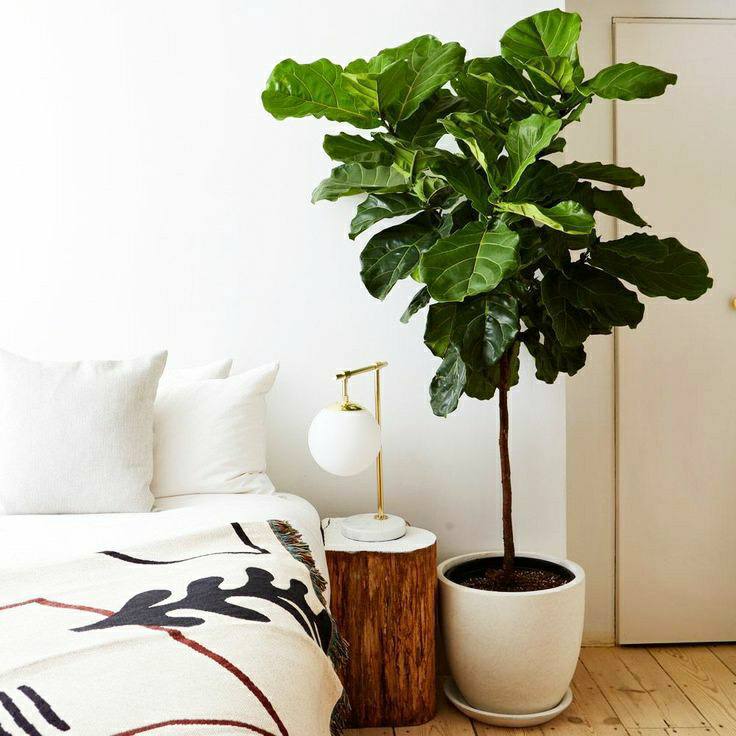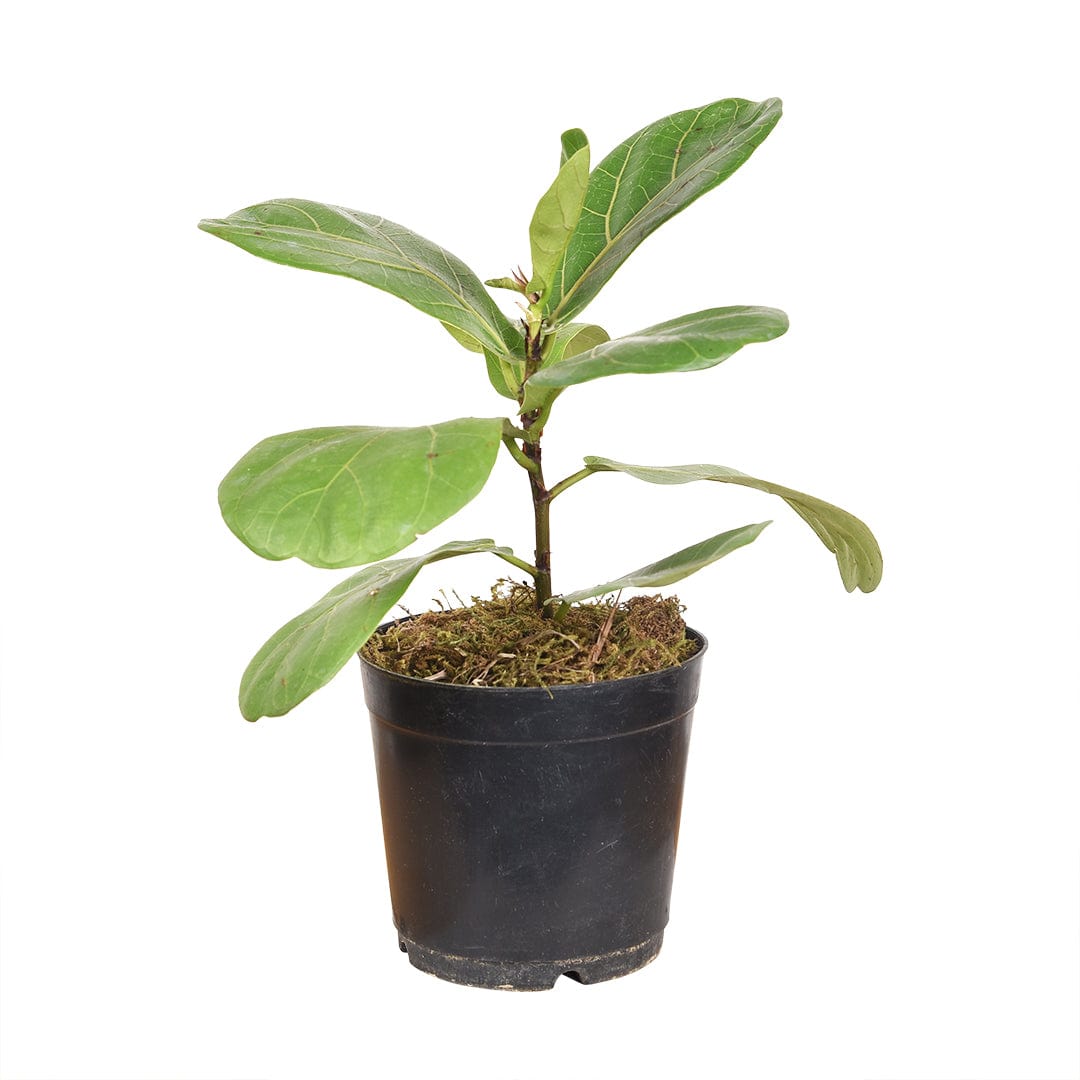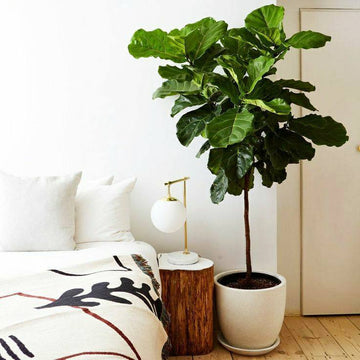Fiddle Leaf Ficus Bambino


What's in the box?
✅ Fiddle Leaf Fig – The Iconic Indoor Tree That Elevates Every Space
Ficus lyrata, commonly known as the Fiddle Leaf Fig, has become one of the most iconic houseplants for modern interiors. With its large, violin-shaped leaves and tall, upright form, this plant delivers instant architectural impact and greenery in one bold statement. Native to the tropical rainforests of West Africa, it brings a lush, sculptural presence that transforms any room.
Indoors, it can grow 5–8 feet tall over time with proper care, making it a favorite for high ceilings, empty corners, and design-conscious homes.
✅ Where to Place (Styling and Positioning Tips)
-
Prefers bright, indirect light with occasional direct morning sun
-
Best placed near large windows, skylights, or bright living room corners
-
Ideal for modern, minimalist, or luxury interior designs
-
Use as a floor plant in baskets, ceramic planters, or concrete pots
-
Avoid cold drafts, A/C vents, or dark corners
-
Rotate occasionally to maintain even, upright growth
✅ Benefits and Design Impact (Why It Belongs in Your Space)
-
Large, glossy leaves create bold visual impact
-
Adds height and natural drama to interiors
-
One of the most photogenic and sought-after indoor plants
-
Improves indoor air quality with time
-
Complements a wide range of décor styles, from boho to industrial
-
Great for creating focal points in lobbies, living rooms, or studios
✅ Care Guide (Simple and Effective)
-
Light: Bright, indirect light is ideal; at least 6 hours daily
-
Water: Water when top 2 inches of soil are dry; do not overwater
-
Soil: Use a well-draining, rich potting mix
-
Humidity: Prefers moderate to high humidity; mist or use humidifier in dry rooms
-
Temperature: Thrives in (18–39°C); keep away from cold drafts
-
Fertilizer: Feed monthly in spring and summer with a balanced liquid fertilizer
-
Pruning: Remove lower leaves and shape as needed to encourage branching
-
Support: Large specimens may need staking to stay upright
✅ Common Problems and Troubleshooting (Keep It Looking Its Best)
-
Brown edges can signal low humidity or underwatering
-
Drooping or floppy leaves may be due to inconsistent watering or root stress
-
Leaf drop may occur from relocation or sudden changes in light
-
Yellowing leaves often indicate overwatering or poor drainage
-
Susceptible to pests like spider mites and scale—wipe leaves and treat with neem oil
-
Sensitive to change—avoid moving once established in a bright spot
Enjoy Free Delivery on Orders Over ₹450!
Spend more than ₹450 and get free shipping—it's a great value to buy more and save on delivery fees. Orders below ₹450 will incur a shipping charge, which varies based on your location.
Your Satisfaction Is Our Priority
We want you to be 100% happy with your purchase. If your plant arrives dead, you can return or exchange it within 10 days of delivery. Returns or refunds can also be requested after 10 days, but please provide clear photos or videos showing the condition of the plant.




